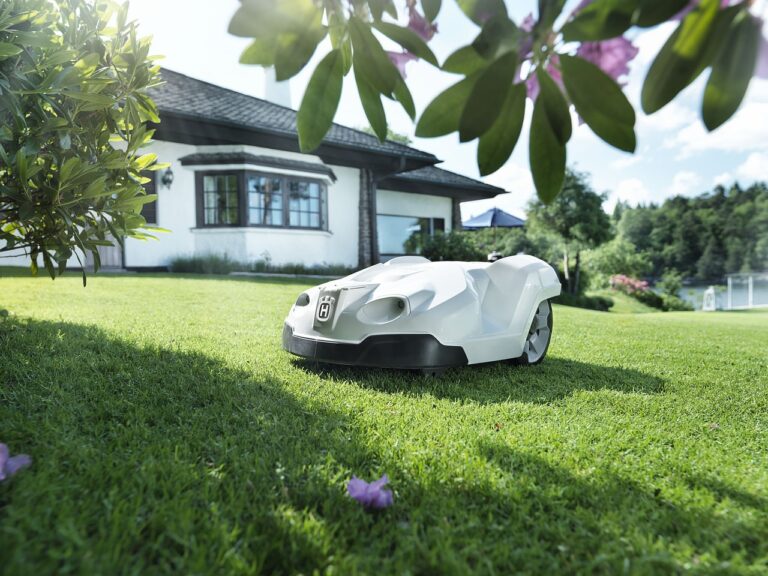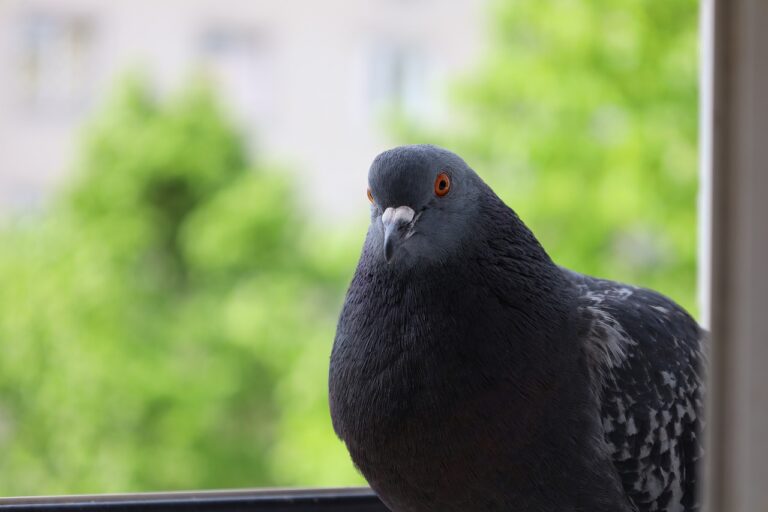Lighting for Vertical Farming: Growing Greens Indoors: Diamond exchange 9, Sky99exch, Reddybook
diamond exchange 9, sky99exch, reddybook: Vertical farming has revolutionized the way we grow crops, providing a sustainable solution to feed our growing population while minimizing the environmental impact of traditional agriculture. By growing greens indoors, vertical farms are able to control every aspect of the growing environment, from temperature and humidity to nutrients and lighting. Speaking of lighting, let’s dive into how crucial it is for growing greens indoors.
Why Lighting is Essential for Vertical Farming
Light is one of the most critical factors for plant growth. In an indoor setting where natural sunlight is limited or non-existent, artificial lighting becomes essential. Different types of plants require different light intensities and spectrums for optimal growth. Greens, such as lettuce and herbs, thrive under specific light conditions that mimic the sun’s rays.
Types of Lighting for Vertical Farming
1. LED Grow Lights – LED lights are the most common choice for vertical farming due to their energy efficiency and customizable spectrum options.
2. Fluorescent Lights – Fluorescent tubes are often used for seedlings and smaller plants due to their lower intensity.
3. High-Intensity Discharge (HID) Lights – HID lights, such as metal halide and high-pressure sodium lights, are suitable for larger plants and commercial-scale vertical farms.
Factors to Consider When Choosing Lighting
1. Light Spectrum – Different plants require different light spectrums for optimal growth stages.
2. Light Intensity – Ensure that the light intensity is appropriate for the plant species being grown.
3. Energy Efficiency – LED lights are the most energy-efficient option for vertical farming.
4. Heat Output – Consider the heat output of the lights to prevent overheating in the growing environment.
Tips for Proper Lighting in Vertical Farming
– Position the lights at the correct distance from the plants to avoid burning or stretching.
– Use timers to simulate day-night cycles for the plants.
– Monitor light levels regularly to ensure optimal growth conditions.
FAQs
1. How many hours of light do plants need in a vertical farm?
Plants typically require 14-16 hours of light per day for optimal growth.
2. Can I use natural sunlight for my vertical farm?
While some natural light can be beneficial, artificial lighting is often necessary to supplement or replace natural sunlight in indoor farming environments.
3. What is the best type of lighting for growing greens indoors?
LED grow lights are the most popular choice for growing greens indoors due to their energy efficiency and customizable spectrum options.
In conclusion, proper lighting is essential for the success of vertical farming, especially when growing greens indoors. By choosing the right type of lighting and ensuring optimal conditions, vertical farmers can maximize crop yields and produce high-quality greens year-round.







